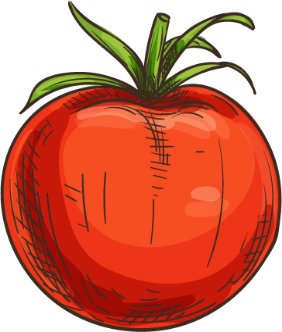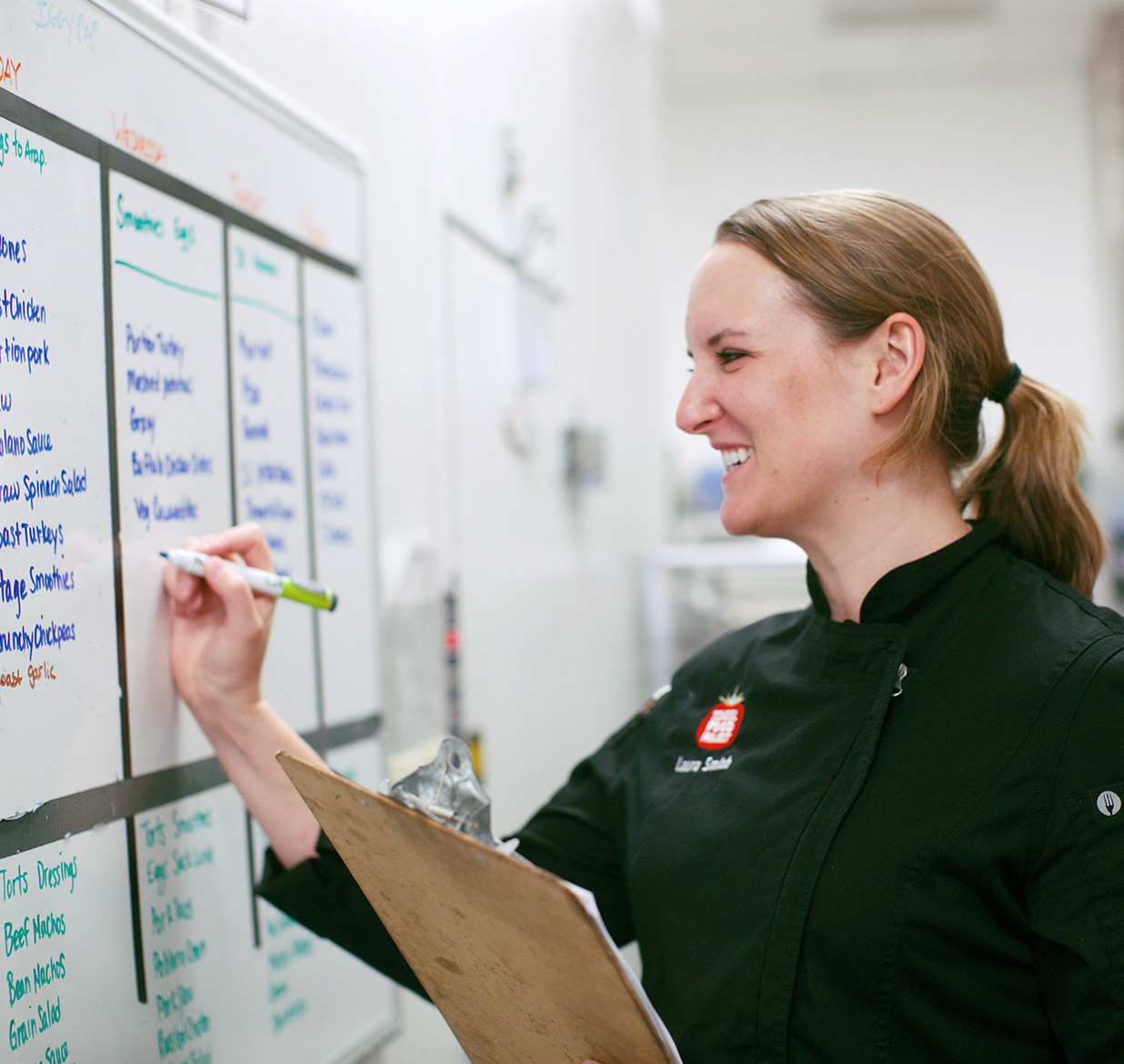
Menu Development
Cycle Menu Planning
When we talk about changing from ready-to-heat foods to fresh foods in the context of menu planning, letting go of prior presumptions is important.
Does your high school menu always have the same five items daily, plus one daily special? Is the daily special the one meal that your team feels like they are “cooking from scratch,” but the students don’t select it as frequently as you’d like? This is a good example of how a new vision for the program can compete with the old. It is more difficult to develop students’ taste for fresh foods when their unhealthy habits are still being fulfilled.
Though we often hear, “I have a lot of XYZ in storage and need to use it up,” that strategy is usually a direct result of purchasing or allocating without menu planning and without reasonable forecasts paired to participation history. Some districts feel “lost” when they shift away from ready-to-heat foods and the core items that anchored their menu planning are no longer there.

Menu Development
Cycle Menu Planning
When we talk about changing from ready-to-heat foods to fresh foods in the context of menu planning, letting go of prior presumptions is important.
Does your high school menu always have the same five items daily, plus one daily special? Is the daily special the one meal that your team feels like they are “cooking from scratch,” but the students don’t select it as frequently as you’d like? This is a good example of how a new vision for the program can compete with the old. It is more difficult to develop students’ taste for fresh foods when their unhealthy habits are still being fulfilled.
Though we often hear, “I have a lot of XYZ in storage and need to use it up,” that strategy is usually a direct result of purchasing or allocating without menu planning and without reasonable forecasts paired to participation history. Some districts feel “lost” when they shift away from ready-to-heat foods and the core items that anchored their menu planning are no longer there.
Menu Planning
So, you want to transition away from the spicy chicken patty? Great. Then what? Planning! We have sample menu cycles to help you formulate your menu plans. For more options, you can also check with your state agency, borrow menu cycles from a successful colleague, or create your own. The primary point is that you need to have a plan.
While some districts may choose to create a menu and adjust as they go, this approach carries accountability and efficiency risks. The school year, which is often 180 days or less, offers a finite window of opportunity to demonstrate that your menu plan is effective and popular. If your district is committed to focusing programs on selling reimbursable meals without relying heavily on à la carte sales to balance the budget, then the extra time spent on menu planning can be a much more effective use of your resources.
One of the most common issues in school district warehouses is excess inventory. It is a burden in more ways than just the space that it takes up. Excess inventory can become a barrier for your district to innovate, tweak, and shift its menu strategy. Utilizing menu cycles provides a built-in framework that can really help with transitioning your team to working with new food, new standardized recipes, and the overall new vision. Here’s how it works:
- Repetition reinforces training. Cycle menus provide the building blocks for developing skilled production environments. More popular items may hit the menu weekly, while others are served six times a year or less. Each time your team prepares a recipe, they will improve and create a more efficient process.
- Cycle menus allow for innovation with less risk. Since you can evaluate all needed resources for the school year in advance, you can balance more expensive choices with less frequency and still support a sustainable procurement approach.
- Fewer choices create clarity for your program. This may seem counterintuitive, but investing in the more complex food production model required in scratch cooking requires rethinking the logic of menu choices. Fewer choices ensure a better return on the products and labor investment required to bring fresh food to kids. Menu cycles can still offer a variety of popular and recognizable foods with the right amount of choice for different age groups.
Cycle Planning
Key Steps
Every school food professional has a favorite way of operating. As a nonprofit focused on healthier school food, our recommendations are based on our operational experience and assessments, but every district needs to determine what works for their own structure.
How many weeks?
For lunch, we recommend a six-week cycle. Regardless of the number of weeks in your district’s calendar, six weeks of menus gives the team a wide array of choices and frequencies without creating too many options. Six weeks also allows the months of the school year to vary, even though you know the underlying pattern. If you have an item that is a great seller, it’s easy to insert it as a three-week occurrence when you have a six-week menu. That said, there is no right or wrong cycle length, this is simply what we’ve found works well for districts that we’ve worked with, and many of our colleagues agree.
In general, we recommend even numbers. For breakfast, either in the cafeteria or breakfast in the classroom, two weeks is most common. For after school snack, we also recommend a two-week cycle. Though it’s common to see a four-week menu for breakfast, upon closer examination, these breakfast menus usually reflect a two-week influence. Supper meals are also becoming more common and generally the cycles are shorter, two or four weeks.


Cycle Planning
Key Steps
Every school food professional has a favorite way of operating. As a nonprofit focused on healthier school food, our recommendations are based on our operational experience and assessments, but every district needs to determine what works for their own structure.
How many weeks?
For lunch, we recommend a six-week cycle. Regardless of the number of weeks in your district’s calendar, six weeks of menus gives the team a wide array of choices and frequencies without creating too many options. Six weeks also allows the months of the school year to vary, even though you know the underlying pattern. If you have an item that is a great seller, it’s easy to insert it as a three-week occurrence when you have a six-week menu. That said, there is no right or wrong cycle length, this is simply what we’ve found works well for districts that we’ve worked with, and many of our colleagues agree.
In general, we recommend even numbers. For breakfast, either in the cafeteria or breakfast in the classroom, two weeks is most common. For after school snack, we also recommend a two-week cycle. Though it’s common to see a four-week menu for breakfast, upon closer examination, these breakfast menus usually reflect a two-week influence. Supper meals are also becoming more common and generally the cycles are shorter, two or four weeks.
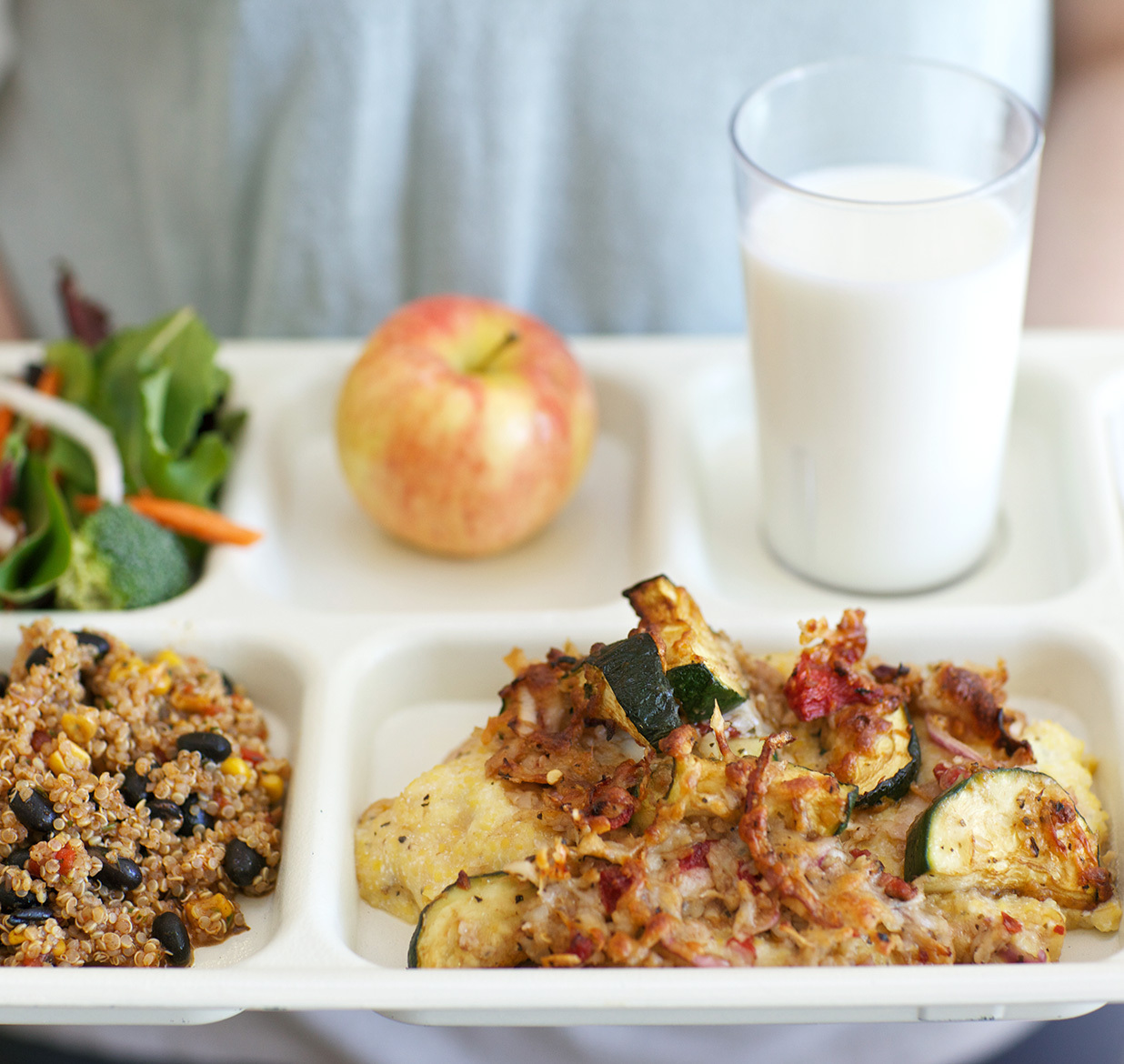
Factors to Consider
The Entrées
Cycle patterns are typically developed around entrées, since entrée food and labor costs are the primary cost driver of the meal. Practical considerations for patterning entrée choices in scratch-cook menus include:
- When the key ingredients are delivered and/or need to be defrosted.
- How much time one entrée takes in production as compared to another.
- What day of the week the most popular item should be served.
- If your district is offering vegetarian options daily.
We also recommend the strategy of offering one district-wide main course daily across all age groups. This allows for more efficiency in procurement, by focusing a large percentage of ingredient procurement that will drive better pricing and easier inventory management.
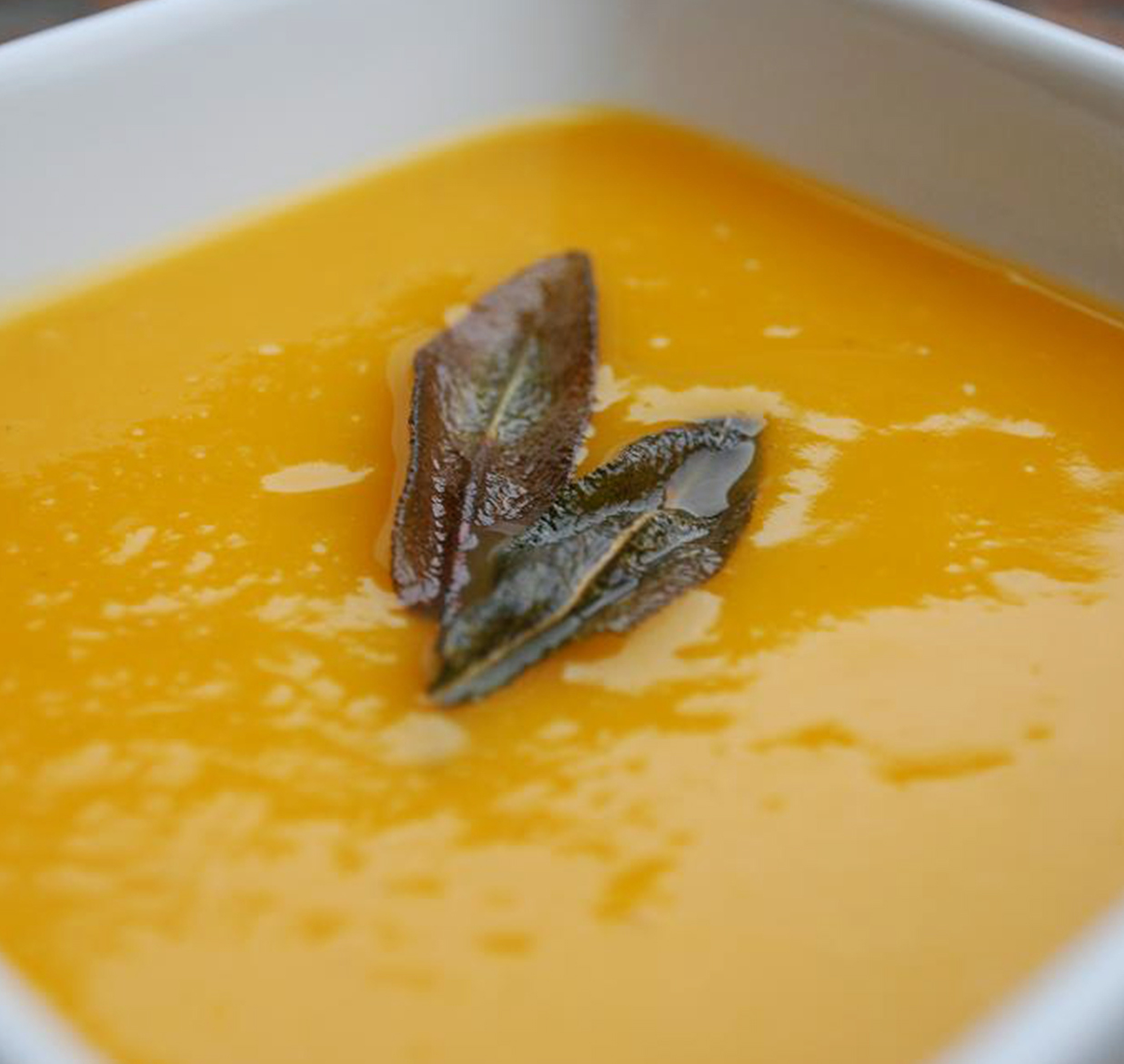
Side Dishes
Side dishes are most regulated by meeting the sub groups on a daily basis. However, salad bars can provide flexibility and simplicity to meeting sub group requirements, as long as the additional labor costs are taken into consideration. Salad bars also help reduce the incidence of the typical vegetable staple of the hot line, while still allowing for the strategic placement of popular sides such as mashed potatoes. Aside from salad bars, side dishes are also a great opportunity to highlight and promote local foods. Harvest of the Month has become a very popular way for schools to market such options.

The Salad Bar
We recommend utilizing a salad bar as a daily part of your menu-planning structure. The Salad Bars section of The Lunch Box discusses the various options for incorporating salad bars as part of your menu.
Menu Cycles: Rough Drafts
Before you worry about exactly which specific dish is served which week, take the time to create a rough draft of your menu cycle. This preparation can ensure you don’t have a week where one main ingredient is featured frequently (example: serving beef three out of the five days). After you have a rough draft of the menu cycle, you can apply specific recipes, themes, or cultural influences and continue to work through the six weeks.
Our simple Cycle Planning Workbook is an easy way to see how your cycle weeks compare to one another. Once you have a good pattern, apply the six-week plan to the school year calendar, and be sure to note on the spreadsheet which days are closed/breaks or half days.
The process of examining cycle weeks against the school calendar year will show where you may need to adjust the cycle because of a closure. If a closure forces the menu to lose a popular item or causes the first operating day of the week to have a menu item that is incompatible with a three-day weekend, you can tweak that cycle. Once you have the cycle aligned with the calendar year, record how many times the cycle occurs in the year. If you have menu items that are featured in more than one cycle, note that, as the information is pertinent to procurement planning.
Check out our sample menu cycles for additional ideas, as well as USDA certification worksheets and nutritional analysis.

Menu Cycle Example
The example above shows menu cycles in a dated calendar format. You can see in the example that spring break is highlighted and the cycle is not skipped when the district is closed. This is important to ensure the integrity of the cycle patterns.
For example, if you’d planned a less frequent item and you skipped that cycle because of a break, the opportunity for exposure to that item is lost. Once you have an overall pattern and items selected, you can customize your cycle further to accommodate special events, holidays, commemorations, or any reason to shift a particular day. Some districts print monthly menu calendars to distribute to the community as a useful marketing and education tool. Here’s an example of a monthly menu calendar from BVSD.
Menu Costing
Before finalizing your cycles and planning procurement, consider the food costs. The average cost of your menus serves as a baseline to assist in:
- Projecting your budget
- Making item selections for procurement
There are various ways that average menu costs can be performed.
In the Fiscal Management section, we discuss using average menu cost by meal type to project the upper threshold of your food expenditures (see Food Cost Projection Worksheet [Spanish Version]). Most back-office software provides costing by plate, recipe, and planned menus. But for districts without that software, the task becomes more complex depending on ready-to-serve foods or scratch cook menus. Scratch recipes require costing by ingredient and volume divided by the serving yield. For packaged items, the math is as simple as dividing the case cost by the number of servings the case yields, by age group.
The Simple Menu Cost Worksheet can be downloaded and edited further to meet your needs. This worksheet assumes that all five components are consumed—though we know that realistically served portions are less than that. From a budgeting perspective, this is a conservative approach, especially when rolling out new menus lacking historical serving data.
This worksheet also averages multiple main course costs. If you have production data and procurement history for previous menus, you can apply percentages of participation to each component as well as to the main course choices. Note: We do not recommend this approach unless you have enough experience and data to avoid underestimating food expenditures for the year.


The Simple Menu Cost Worksheet can be downloaded and edited further to meet your needs. This worksheet assumes that all five components are consumed—though we know that realistically served portions are less than that. From a budgeting perspective, this is a conservative approach, especially when rolling out new menus lacking historical serving data.
This worksheet also averages multiple main course costs. If you have production data and procurement history for previous menus, you can apply percentages of participation to each component as well as to the main course choices. Note: We do not recommend this approach unless you have enough experience and data to avoid underestimating food expenditures for the year.
Forecasting Volume
Forecasting Ingredient Volume
Forecasting ingredient volume needs is a critical step in procurement. The ability to estimate product quantities is a powerful tool in developing effective vendor solicitations and relationships.
Volume drives price; it can also drive services. Too often we find districts operating at the mercy of their vendors instead of driving the process. Correctly collecting, tracking, and updating ingredient procurement records is a very useful tactic in the procurement process. Data is power.
For districts that shift their production model to scratch cooking, forecasting also shifts from predominantly reviewing products carrying CN labels to considering the following factors:
- raw ingredients
- cooked and prepped yields
- and total servings
You will also need to consider the ADP (average daily participation) by age group. The forecast is intended to ensure that you procure enough food to cover average participation, so understanding your students’ preferences is particularly useful when planning procurement. If cycles include several entrée choices, try to determine a reasonable percentage of popularity to apply to each entrée to develop better accuracy.
Our Sample Menu Forecasting Tool illustrates how using a cycle menu and applying average ADP rates and frequency will provide useful procurement data for planning. The entrées with meat/meat alternate ingredients are the most important to identify, especially considering annual volume. Many items often share the same protein, so being able to easily aggregate that volume is the goal of using a forecast worksheet. Sides, grains/breads, and produce can be added to your forecasting tool, but we find that velocity data from vendors, combined with production records, are more accurate for items that are less predictable in student selection.
Important Reference Data
There are several pieces of data that assist in the planning process. In addition to annual ADP by age group, historical vendor velocity data is extremely useful. We suggest requesting monthly and year-to-date purchasing data from your vendors in an editable format (like Excel). These reports should be a requirement of every vendor agreement. Even if you use back-office software to manage all of your orders, receipts, and inventory, the vendor velocity data is still extremely useful.
If your vendors deliver to multiple sites, always request that velocity reports be broken down by delivery site and and a summary for all of the sites combined (see Sample Vendor Velocity Report, [Spanish version]). In addition to ADP data and vendor velocity reports, you will need commodity records and inventory records from the previous year. With regard to inventory, you will have to estimate your ending inventory in order to subtract that product from your projections.
If you use back-office software, there are a myriad of projection reports available. These include production record audits, inventory movement reports, and shipping reports for food warehoused at a central location and shipped to the sites.
Key Documents for the Projection Process
Average Daily Participation (ADP)
By age group for the prior year and year-to-date. If projected enrollment and Free and Reduced percentages are expected to remain level, use the current year ADP.
Vendor Velocity Reports
From the prior full year and year-to-date for the current year. If you had significant item shifts or menu changes between the previous year and the current year, you will need to use the current year’s data and project usage based on year-to-date participation.
Current Inventory Detail & Inventory Movement Reports
Year-to-date (if you have the software).
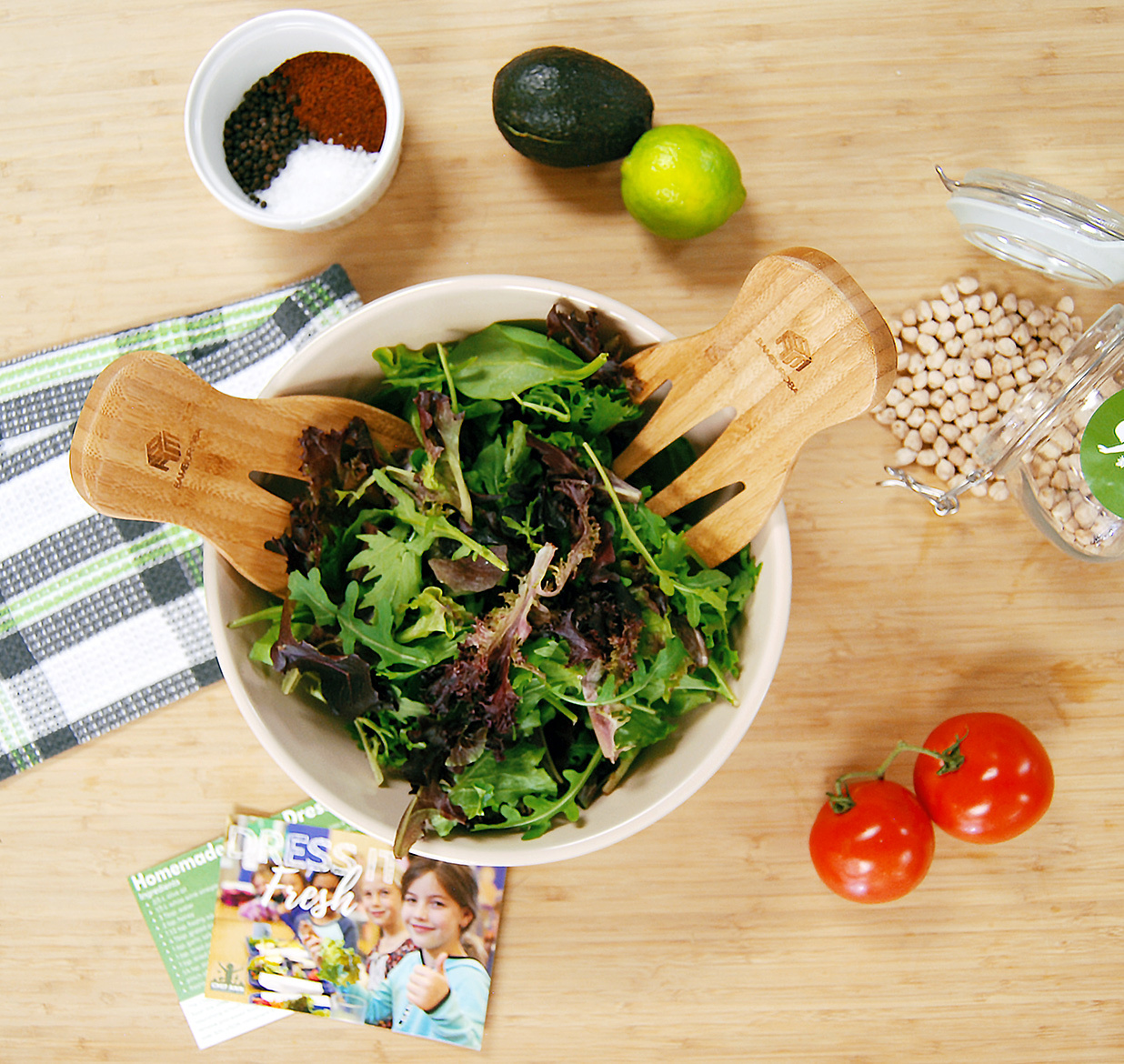

Average Daily Participation (ADP)
By age group for the prior year and year-to-date. If projected enrollment and Free and Reduced percentages are expected to remain level, use the current year ADP.
Vendor Velocity Reports
From the prior full year and year-to-date for the current year. If you had significant item shifts or menu changes between the previous year and the current year, you will need to use the current year’s data and project usage based on year-to-date participation.
Current Inventory Detail & Inventory Movement Reports
Year-to-date (if you have the software).
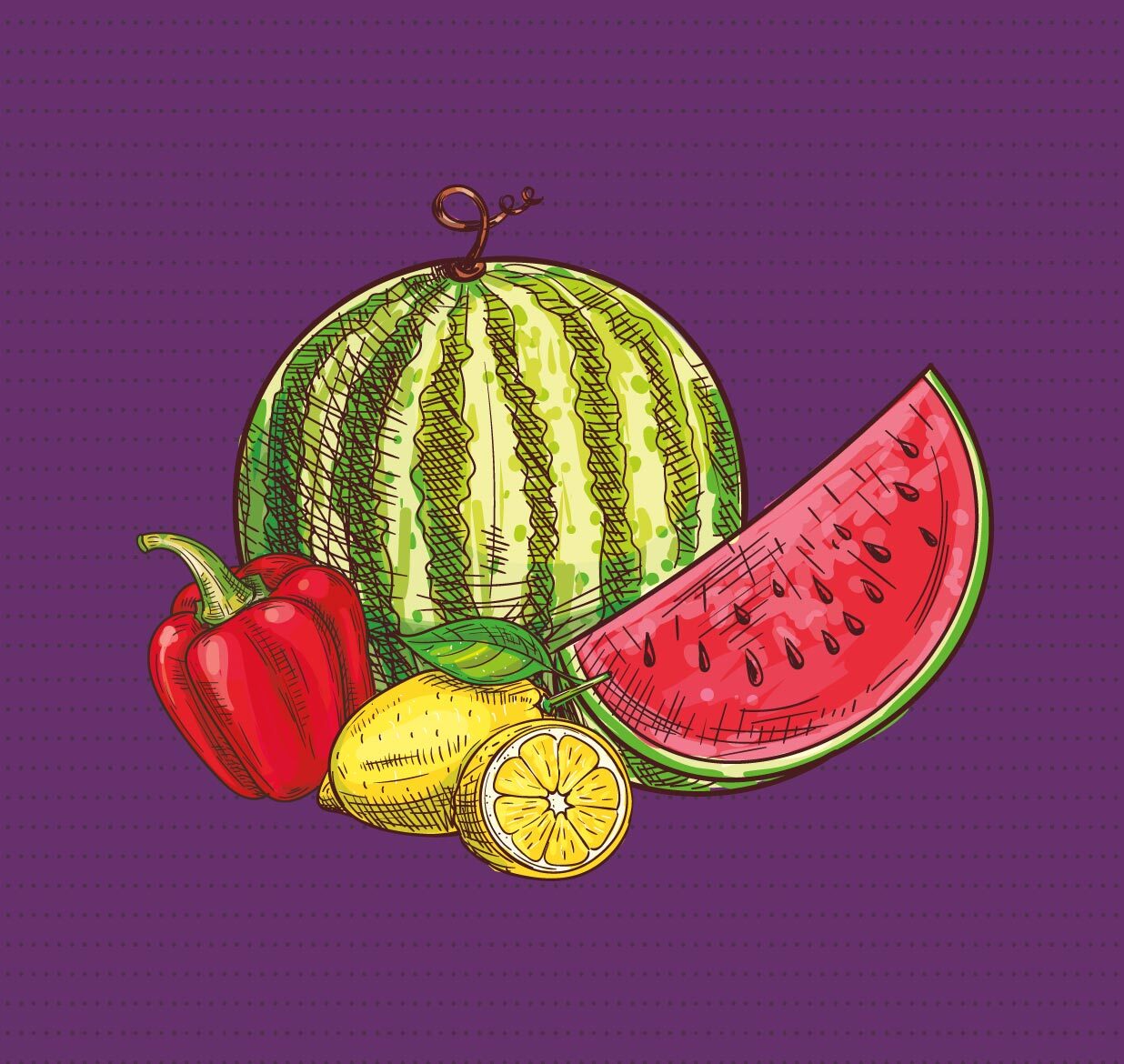
Commodity Reports
From prior year and year-to-date for both USDA Foods and pass-through commodity items. For USDA Food program records, obtain an RA Entitlement/Bonus Detail Report from WBSCM, or from your state authority if your state does not use WBSCM. This report will reflect all activity, including which bulk commodities were allocated to pass-through. You can also request a Received RA Report, which is often requested by business managers at the end of the year.
For pass-through items, the detailed records of your allocation are typically recorded through website tracking sites like Processor Link or K12Foodservice.com, depending on the manufacturer/processor. These reports will reflect the flow of the commodity and what product it was manufactured into. Remaining balances from pass-through commodities (unused or roll-over) are particularly important when planning for the following year. Each state is slightly different with regard to USDA commodities, so when in doubt, contact your state for assistance in accessing your information.
Production Record Audit
Data on the current menu cycle. Presumably you will have some item overlap from the current year to the planned year. Use the serving data to make reasonable assumptions, which will drive the volume of ingredients. For example, in proteins (M/MA), the three biggest categories for volume are chicken, cheese, and beef, so depending on the top sellers and their cycle frequency, the volume of those ingredients will be the highest.

Commodity Reports
From prior year and year-to-date for both USDA Foods and pass-through commodity items. For USDA Food program records, obtain an RA Entitlement/Bonus Detail Report from WBSCM, or from your state authority if your state does not use WBSCM. This report will reflect all activity, including which bulk commodities were allocated to pass-through. You can also request a Received RA Report, which is often requested by business managers at the end of the year.
For pass-through items, the detailed records of your allocation are typically recorded through website tracking sites like Processor Link or K12Foodservice.com, depending on the manufacturer/processor. These reports will reflect the flow of the commodity and what product it was manufactured into. Remaining balances from pass-through commodities (unused or roll-over) are particularly important when planning for the following year. Each state is slightly different with regard to USDA commodities, so when in doubt, contact your state for assistance in accessing your information.
Production Record Audit
Data on the current menu cycle. Presumably you will have some item overlap from the current year to the planned year. Use the serving data to make reasonable assumptions, which will drive the volume of ingredients. For example, in proteins (M/MA), the three biggest categories for volume are chicken, cheese, and beef, so depending on the top sellers and their cycle frequency, the volume of those ingredients will be the highest.
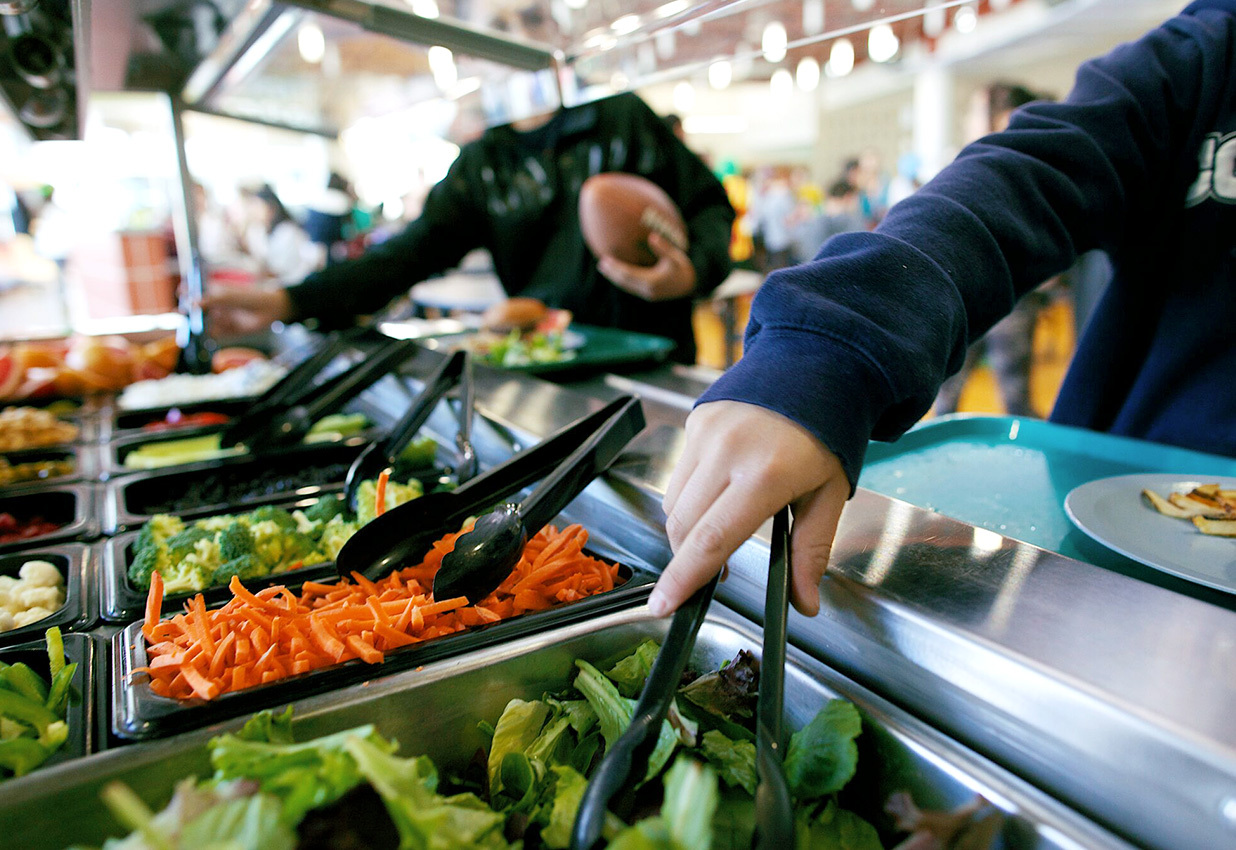
Produce in a Changing System
One of the biggest challenges in procurement is produce. Although the Healthy Hunger-Free Kids Act of 2010 made a great impact by requiring servings of fruit or vegetable at breakfast and lunch, it does not specify fresh produce. Long before the USDA issued HHFKA, many organizations (including ours!) were advocating for the inclusion of salad bars in schools and shifting from canned and frozen products to fresh whenever possible.
HHFKA calls out scratch cooking and salad bars as a means to comply with vegetable sub-groups and the reduction of sodium. Salad bars’ impact to the meal is immediate, and students can experience choice as well as new foods and flavors. The shift in purchase volume almost always results in the need to develop a specific Request for Proposal (RFP), or multiple RFPs depending on your region, growing season, and available vendors.
Vendor opportunities include broad-line vendors (like Sysco, which has a full produce line often including fresh-cut product), produce specialty vendors, and Farm to School procurement. If your district has little experience with fresh produce, developing a proposal can be daunting, but we’ve provided tools and steps to ease the process. In the Salad Bar Procurement section, we’ve outlined a series of steps to evaluate your current menu, planned menu, purchase history, and food budget to assist in developing a produce RFP. RFP language and examples specific to local produce procurement can also be found in the USDA’s Procuring Local Food Child Nutrition Programs and the RFP examples in Procurement Tools and Resources.
Discover More

